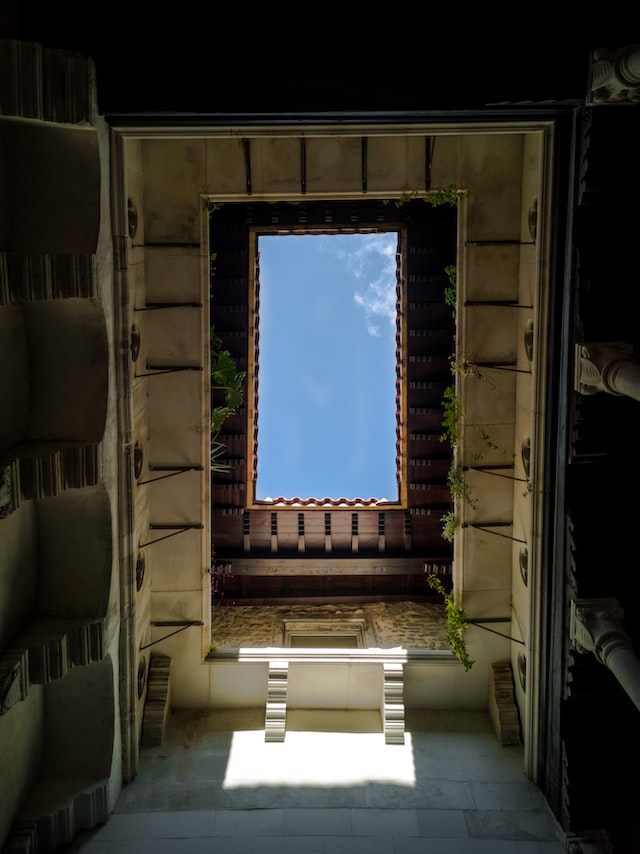Adding a skylight to your home can transform any space, infusing it with natural light and creating a sense of openness. While many homeowners are opting for the do-it-yourself approach to save on installation costs, skylight sealing presents a unique set of challenges that, if not addressed properly, can lead to frustrating leaks. In this guide, we’ll explore the common pitfalls of DIY skylight sealing and provide valuable insights on how to ensure a leak-free installation.
Understanding the Importance of Proper Skylight Sealing
Skylights, when installed correctly, can be a beautiful and energy-efficient addition to any home. However, improper sealing can result in leaks, leading to water damage, mold growth, and energy inefficiency. It’s crucial to understand that skylights are vulnerable points in your roof, and meticulous sealing is essential to protect your home from the elements.
Common Pitfalls in DIY Skylight Sealing
- Poor Flashing Installation: Flashing is a critical component of skylight sealing, as it directs water away from vulnerable areas. One common mistake is improper flashing installation. Homeowners may neglect to use the right materials or fail to secure the flashing adequately, leaving gaps that allow water infiltration during heavy rain.
- Inadequate Weather Stripping: Weather stripping is another key element in preventing leaks. DIY enthusiasts might underestimate its importance, leading to insufficient sealing around the skylight frame. Over time, this can result in water seepage, especially in regions with heavy rainfall or snow.
- Incorrect Roof Pitch Consideration: Skylights are designed to work optimally with specific roof pitches. Failing to consider your roof’s pitch during installation can result in improper water drainage, causing leaks. It’s crucial to follow the manufacturer’s guidelines and adjust your skylight installation accordingly.
- Using the Wrong Sealant: Not all sealants are created equal, and using the wrong type can spell disaster for your skylight installation. DIYers may choose sealants that are not compatible with their roofing material or climate conditions, leading to premature deterioration and leaks.
Ensuring a Leak-Free Skylight Installation
- Thorough Planning and Research: Before starting your DIY skylight sealing project, invest time in thorough planning and research. Understand your roof’s pitch, the type of skylight you’re installing, and the specific sealing requirements outlined by the manufacturer.
- Proper Flashing Installation: Use high-quality flashing materials and ensure a tight seal around the skylight. Pay special attention to the corners and edges, as these areas are prone to water seepage. If unsure, consult manufacturer guidelines or seek professional advice.
- Weather Stripping Attention: Choose weather stripping that is suitable for your climate and install it meticulously around the skylight frame. Be thorough in sealing all gaps and joints to prevent any potential water ingress.
- Roof Pitch Compatibility: Confirm that your skylight is compatible with your roof’s pitch. Make necessary adjustments to ensure proper water drainage and prevent pooling around the skylight.
- Quality Sealant Application: Select a high-quality sealant recommended by the skylight manufacturer. Apply it generously, paying close attention to joints, seams, and any potential penetration points. Regularly inspect and reapply sealant as needed to maintain its effectiveness over time.
Conclusion
While DIY skylight sealing can be a rewarding project, it requires careful attention to detail to avoid common pitfalls and ensure a leak-free installation. By understanding the importance of proper flashing, weather stripping, roof pitch considerations, and using the right sealant, homeowners can enjoy the benefits of natural light without the worry of water damage. When in doubt, don’t hesitate to consult professional advice to guarantee a successful and durable skylight installation.
